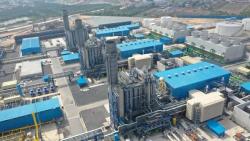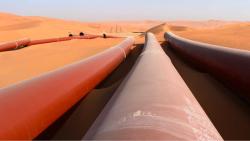
OR WAIT null SECS
© 2024 MJH Life Sciences™ and Turbomachinery Magazine. All rights reserved.
Incorporating fuel chemistry
Gas turbine engine designers are facing dramatic challenges in the future as the fuels landscape continues to widen. Aviation gas turbine regulations will force dramatic reductions in pollutant emissions at both high and low power conditions in the air and on the ground. Power producing gas turbines are continually being asked to operate cleanly at low power conditions due to the addition of other variable power sources such as wind and solar. Achieving these goals required a thorough understanding of how to modify combustion design with both conventional and modern fuel options. One of the key tools the designer has today is the use of simulation with real fuel models to understand the impact of fuel design and flexibility on combustion and performance.
Both the understanding of fuel models and the processing power of computers have greatly increased in the last decade, enabling accurate simulation of fuel combustion for enhanced, clean-technology design. Jet fuel, for example, contains hundreds of different compounds that all contribute in specific ways towards ignition, flame propagation and pollutant formation. Fuels such as Liquefied Natural Gas (LNG) contain higher amounts of hydrocarbon gases heavier than methane that can negatively affect combustion performance. The traditional technique of simulating these fuels using empirically derived chemistry parameters does not provide the accurate emissions predictions nor the necessary detail required for use in design and optimization. Thus, the development of accurate surrogate fuel models and advanced simulation tools for use combustion simulations is a critical step toward enabling computer-aided engine and fuel design for petroleum and alternative fuels alike.
Improvements have been achieved in advancing gaseous and liquid fuel models for power and transportation gas turbines. The use of those fuel models in a new simulation technique can provide accurate results for valuable combustion design features such as fuel-air ratio, fuel composition and fuel split. These modern fuel models have the potential to drive a new generation of clean burning engines to meet the commercial and environmental objectives of tomorrow’s engines.


